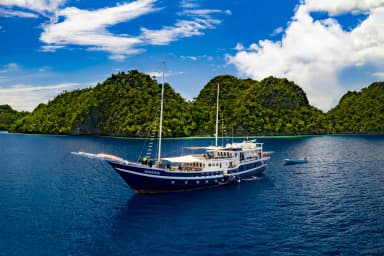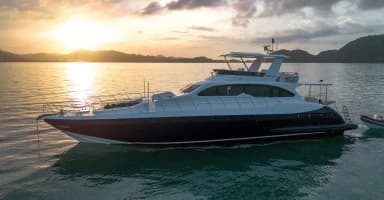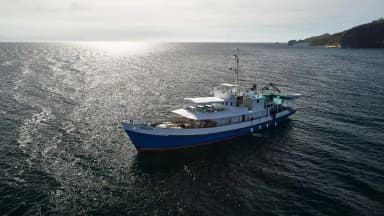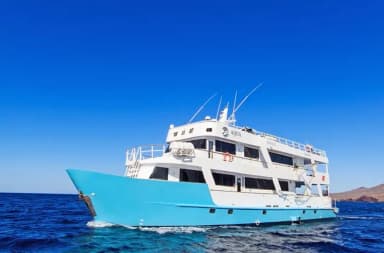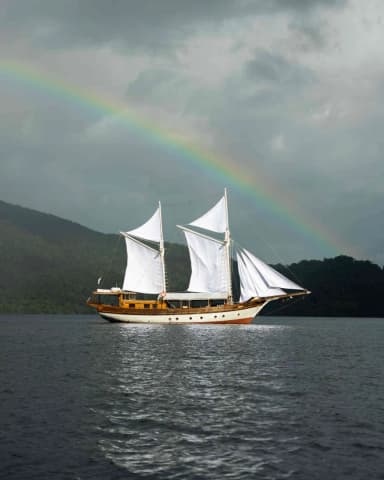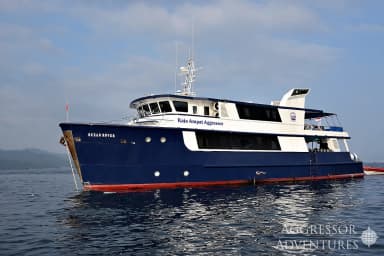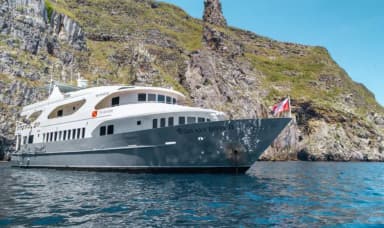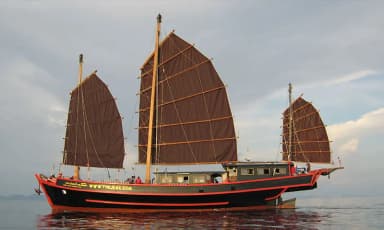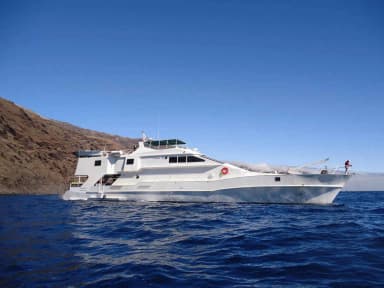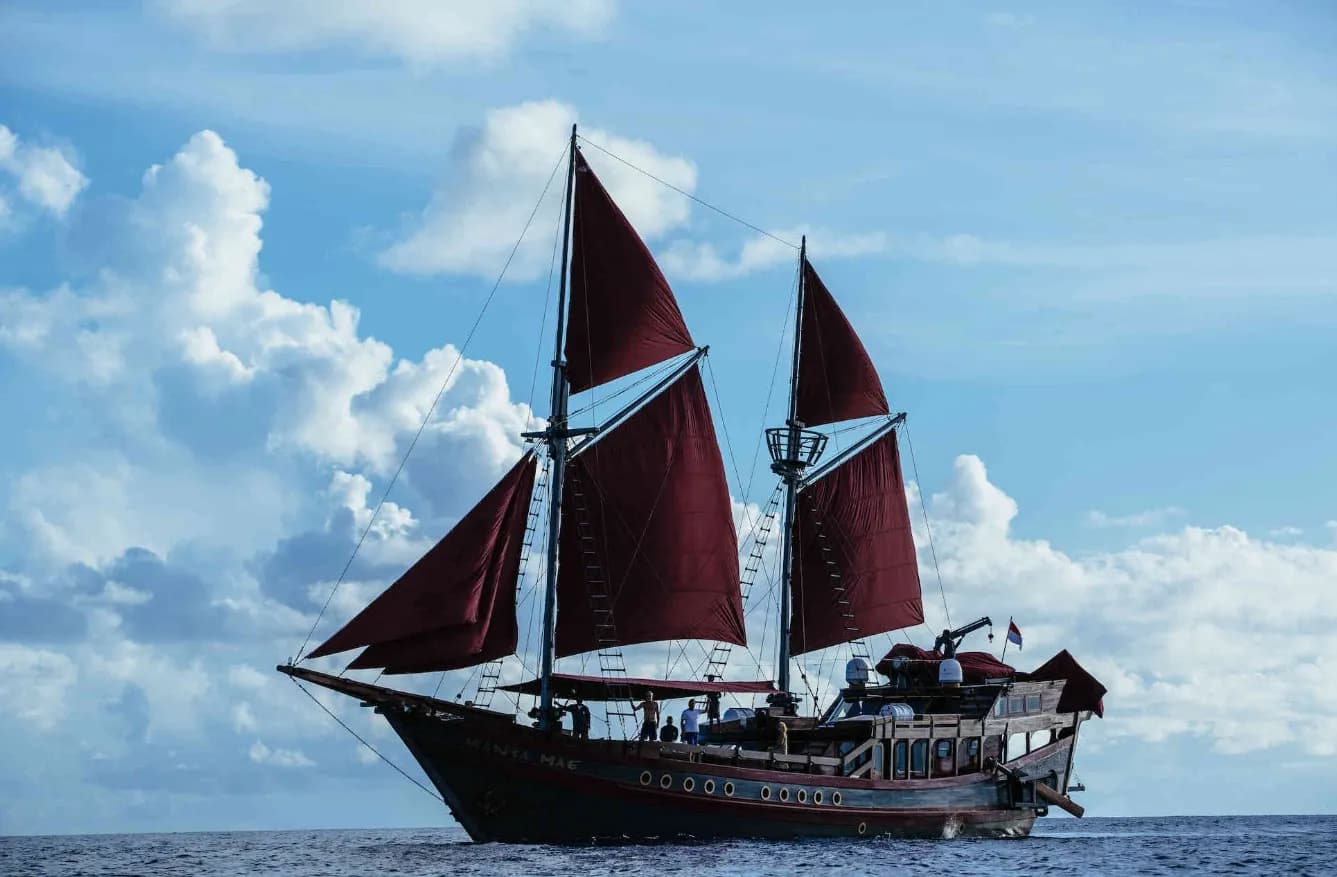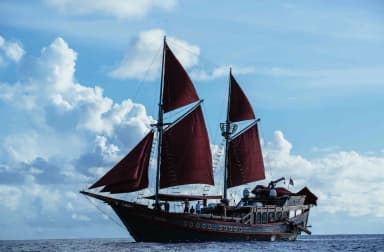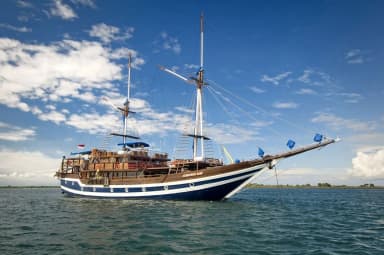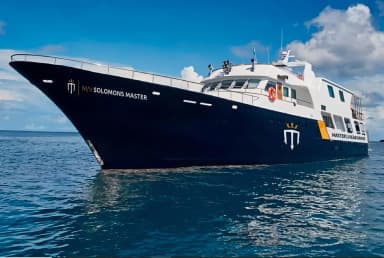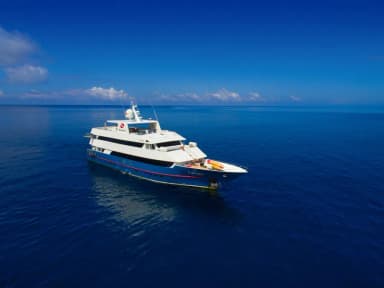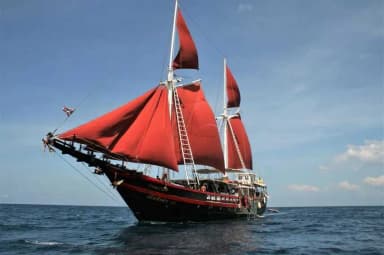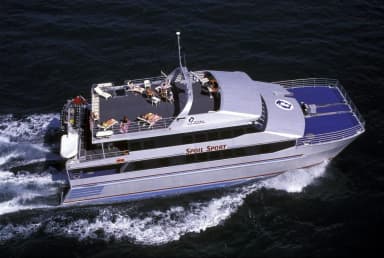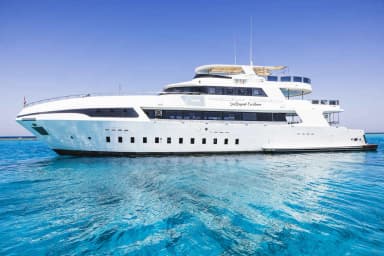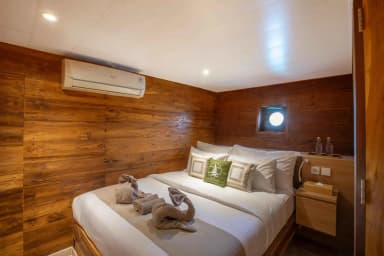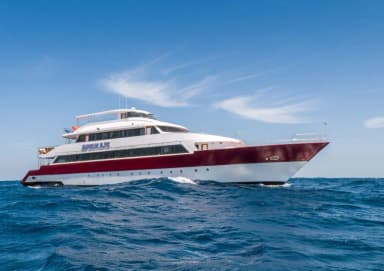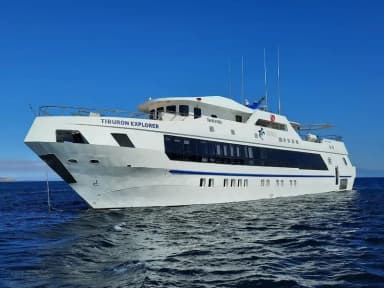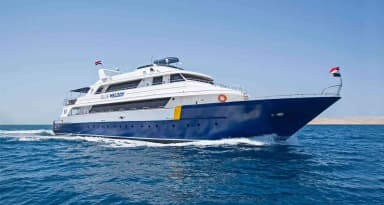We Know Because We Go! | Book with a 5-Star Team,| Trusted by 10,000+ Divers
Red Sea Liveaboards
Explore an exceptional selection of luxury liveaboards in the Red Sea. Read diver reviews, book online with the best price guarantee, zero credit card fees, and live chat support.
Book with us for the lowest possible price
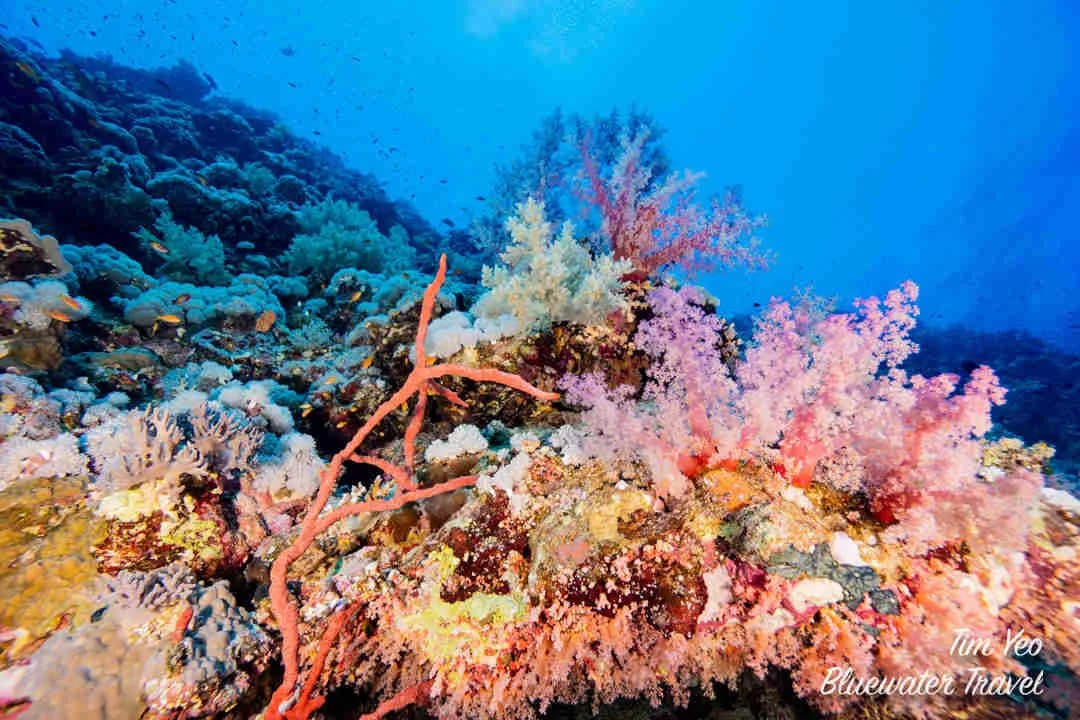
Selected filters
Sort by
Filters
Trip duration
0
days0
days14
days14
days
days0
days14
days14
days
Discount
0%0%63%63%
Select Liveaboard
Red Sea
Liveaboard facilities
Route
Select one or more...
Boat capacity
Guest rating
16 Dec 2025
16 Dec 2025
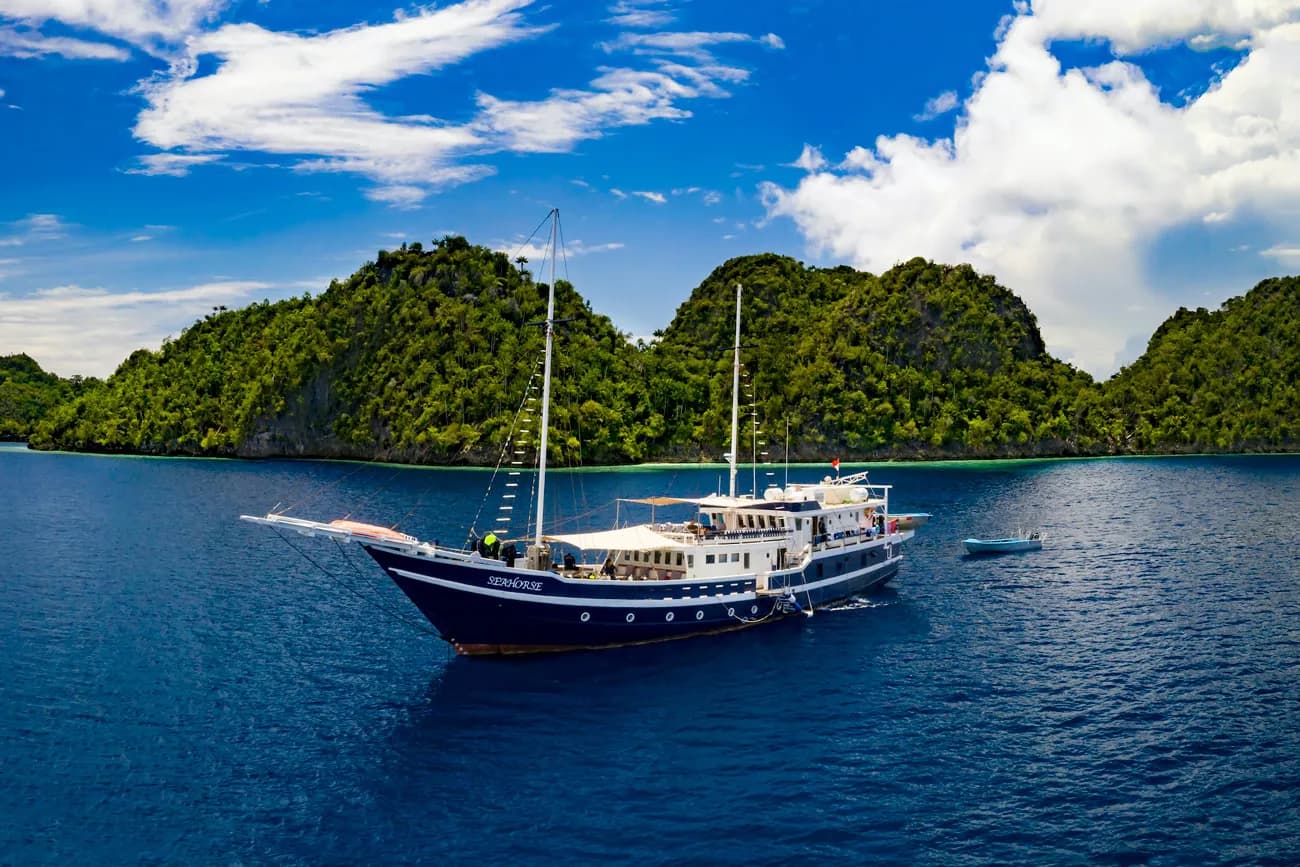
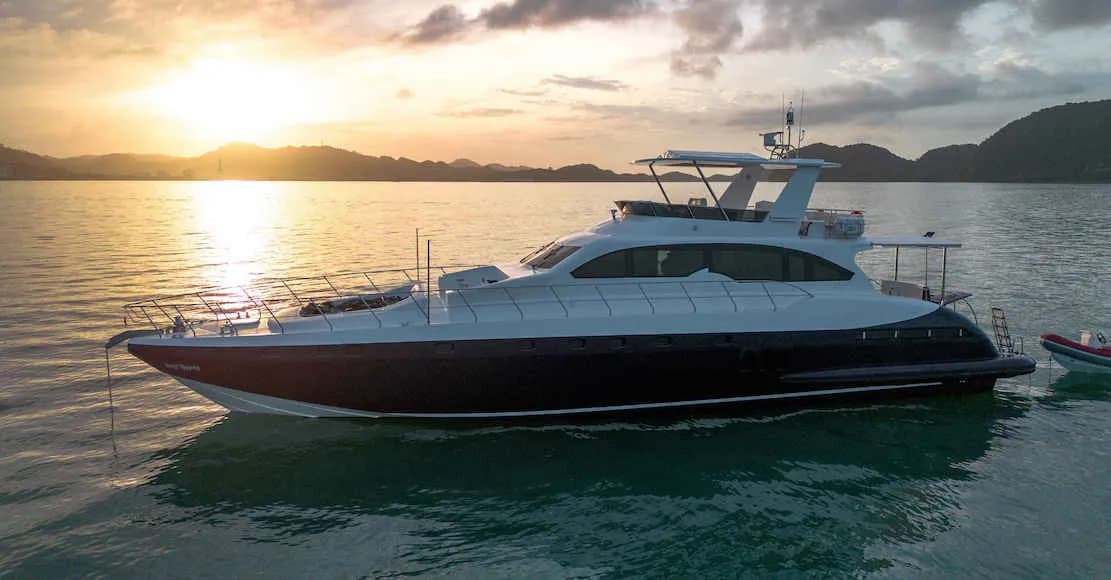
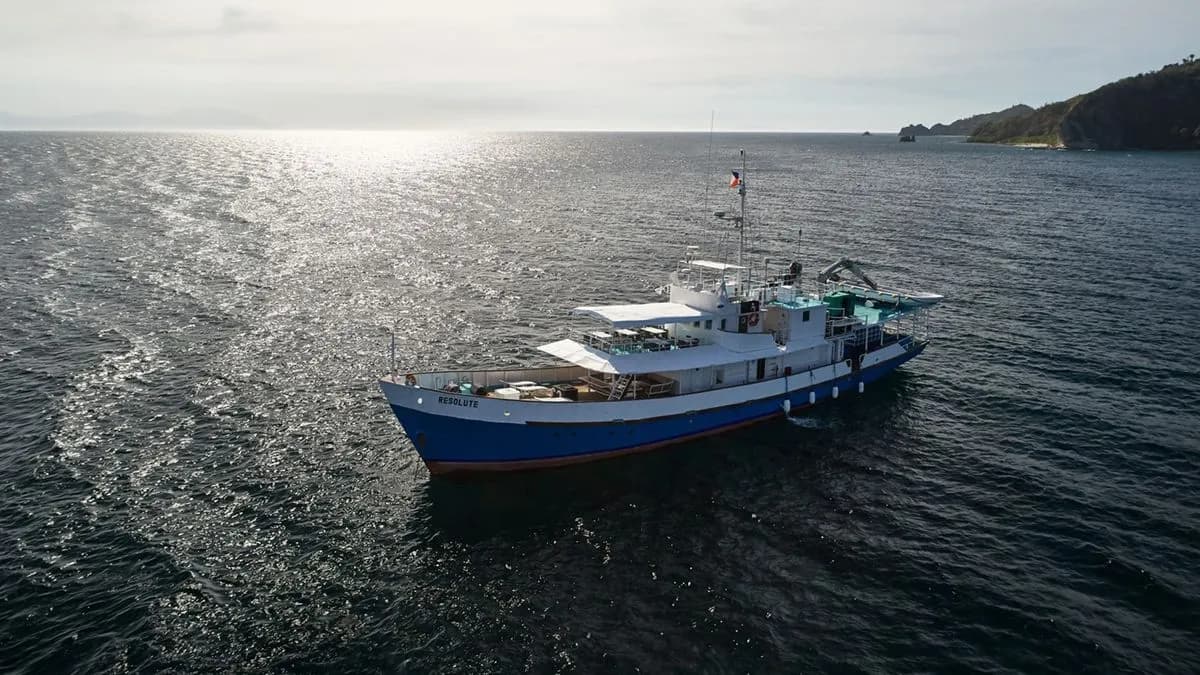
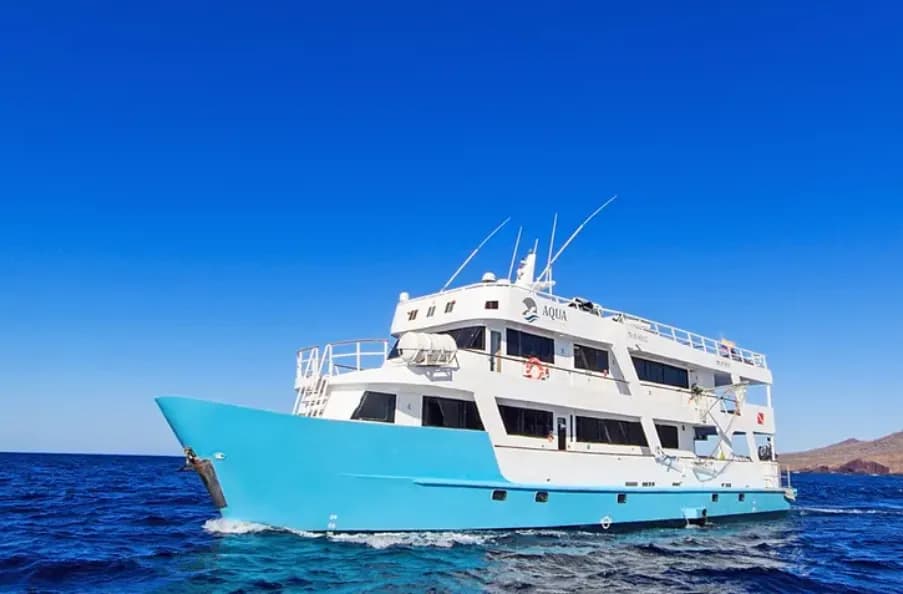
Aqua Galapagos
Itinerary
Deep dive Galapagos: Darwin, Wolf and around
View trip details
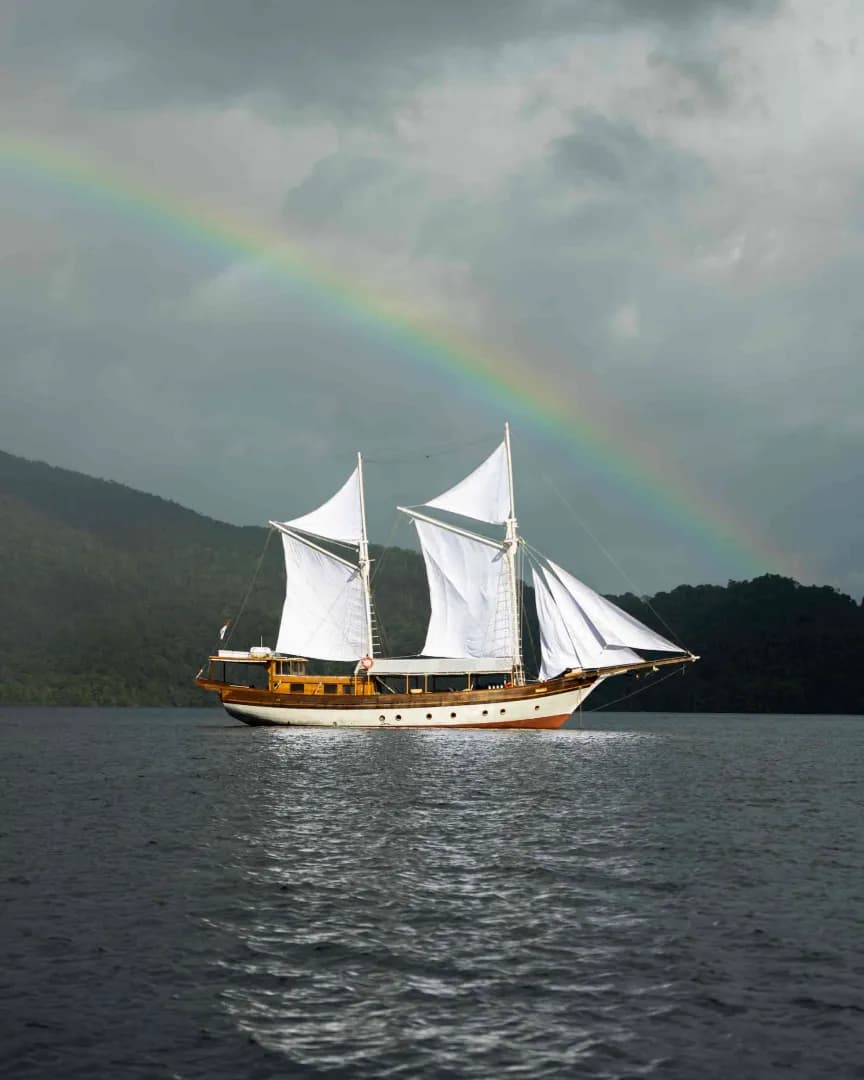
Anne Bonny Yacht
20% off
Itinerary
Raja Ampat Central and South (Misool)
View trip details
Schedule a free consultation with a travel expert now
Schedule a Consultation
Booking with us is free
Trusted by 10,000+ Divers worldwide
17 Dec 2025
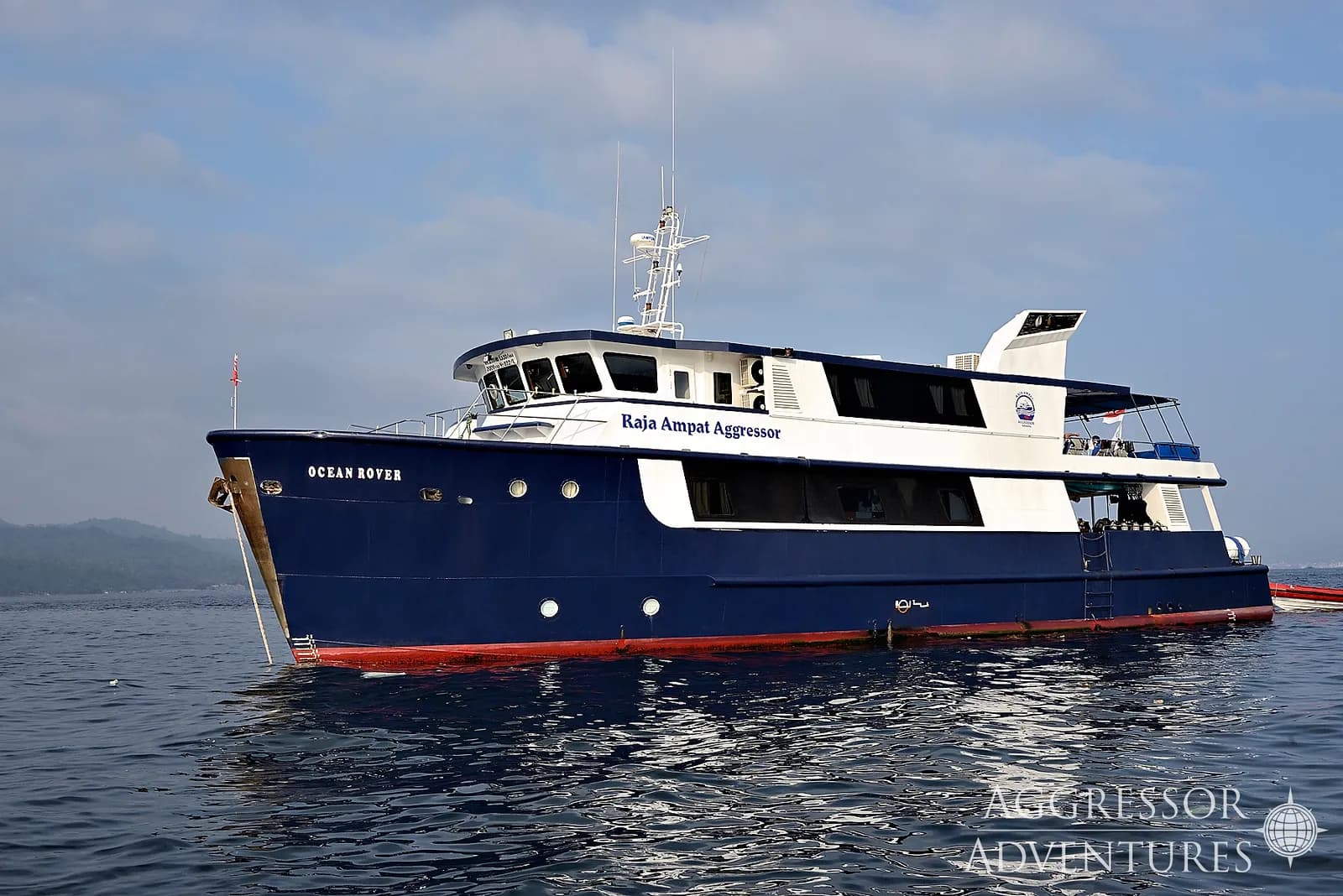
Raja Ampat Aggressor
Itinerary
Raja Ampat
View trip details
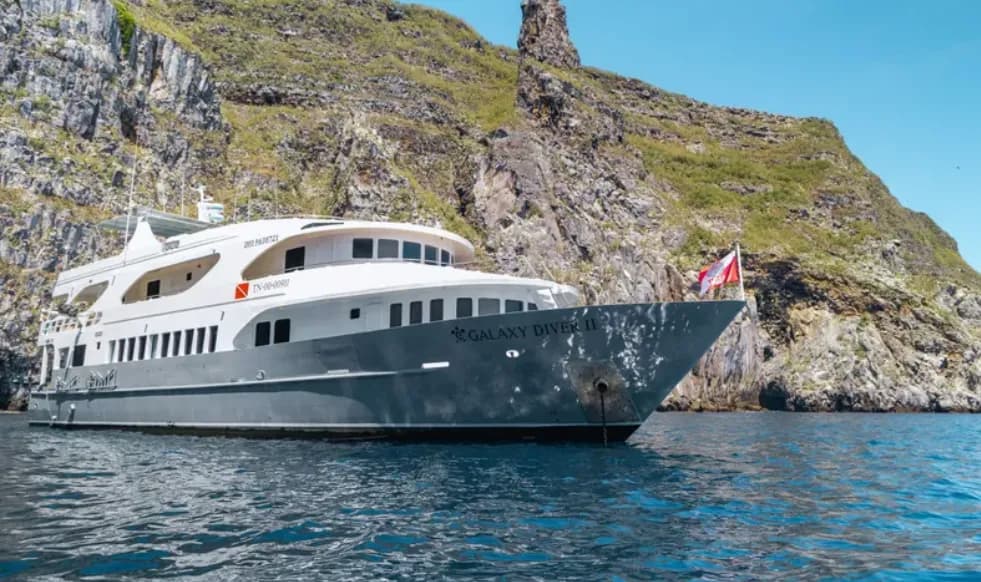
Galaxy Diver 2
Itinerary
Diving
View trip details
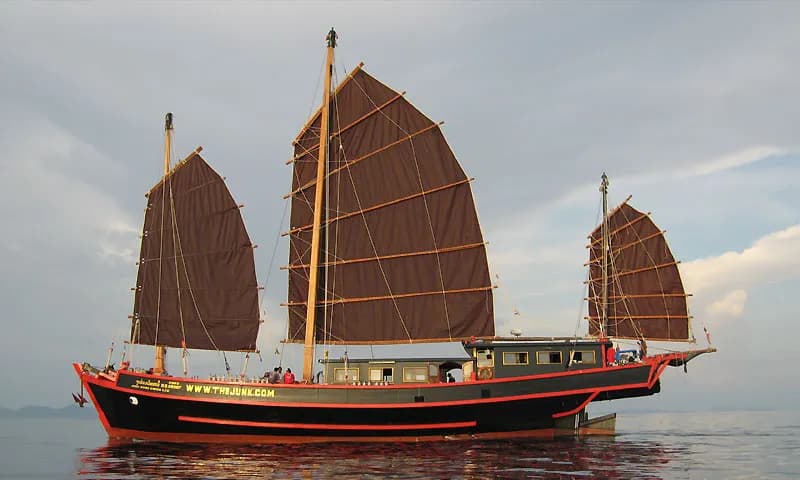
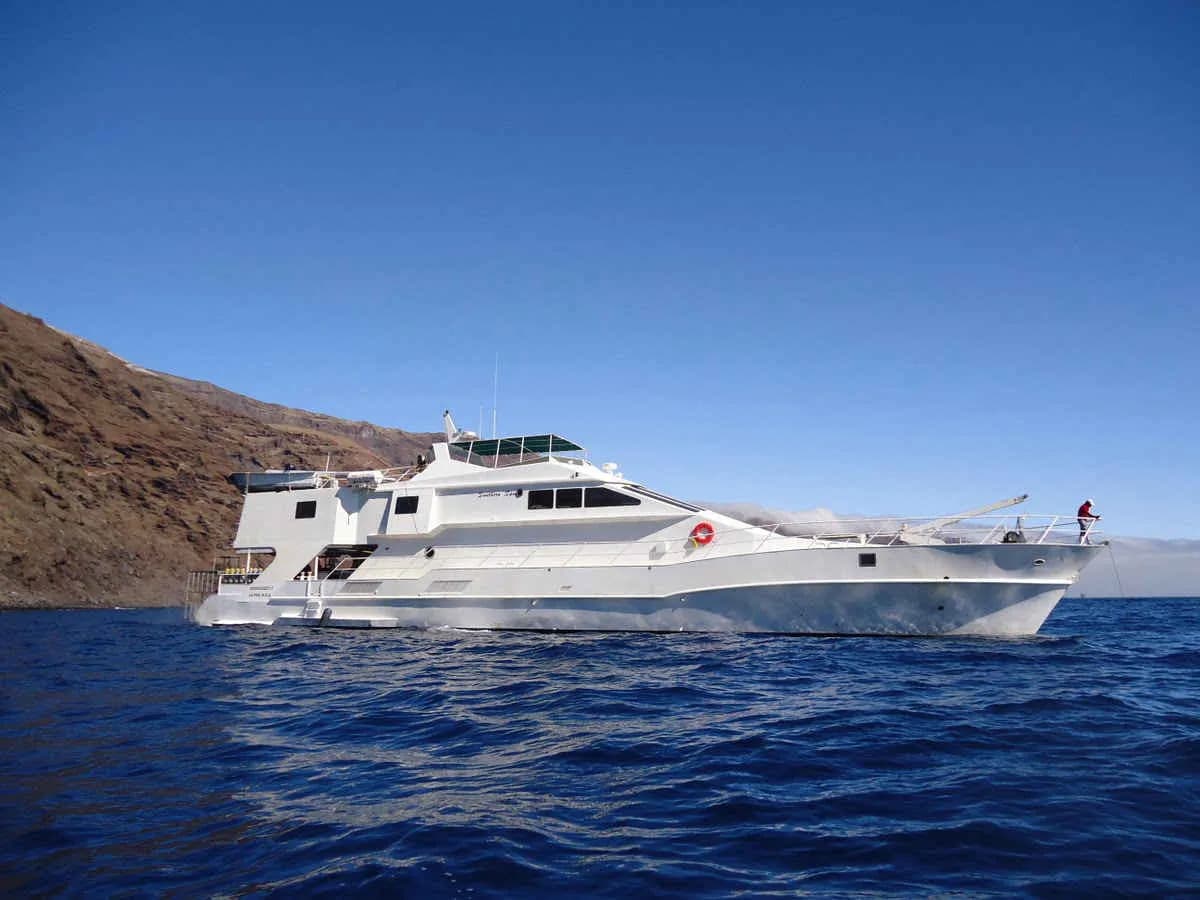
Southern Sport
Itinerary
Socorro & Revillagigedo
View trip details
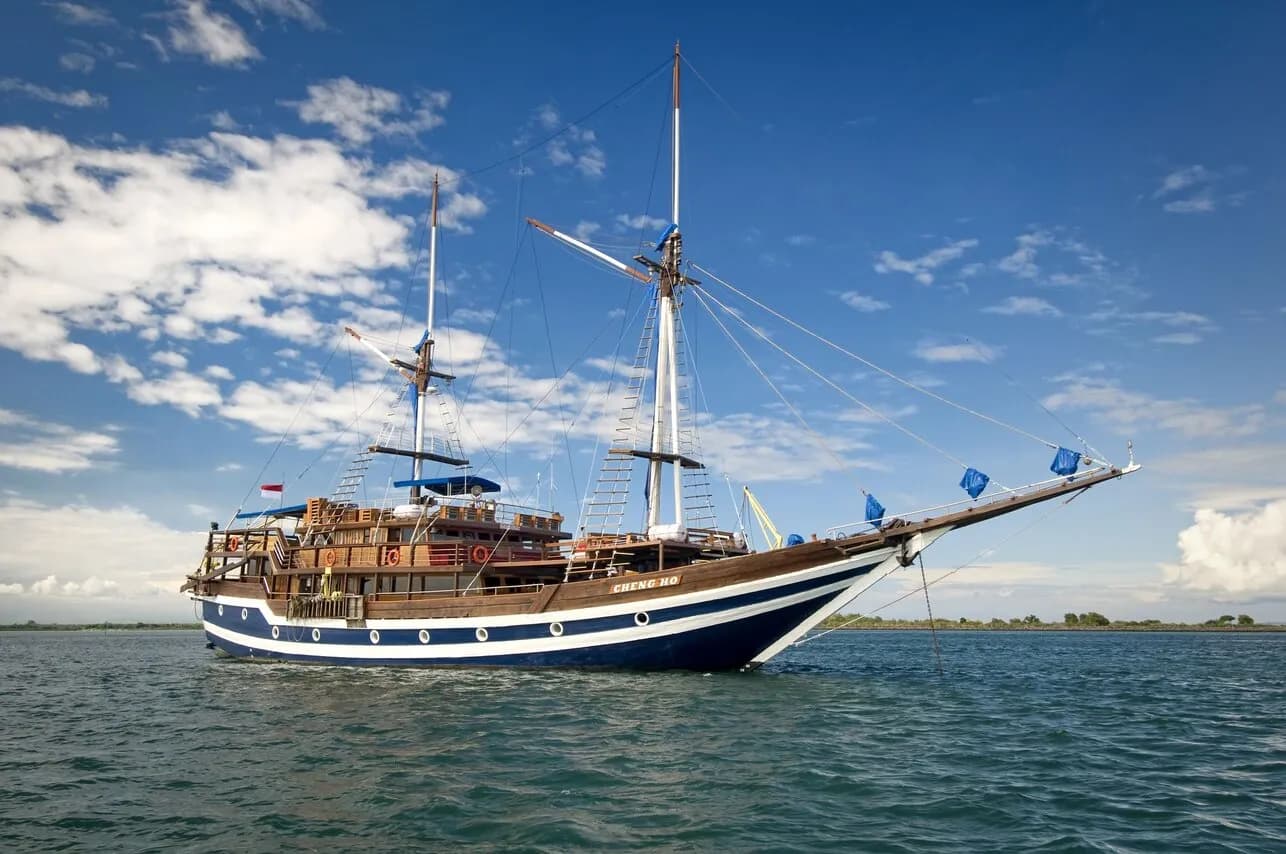
Cheng Ho
Itinerary
Labuan Bajo-Komodo National Park-Labuan Bajo
View trip details
18 Dec 2025
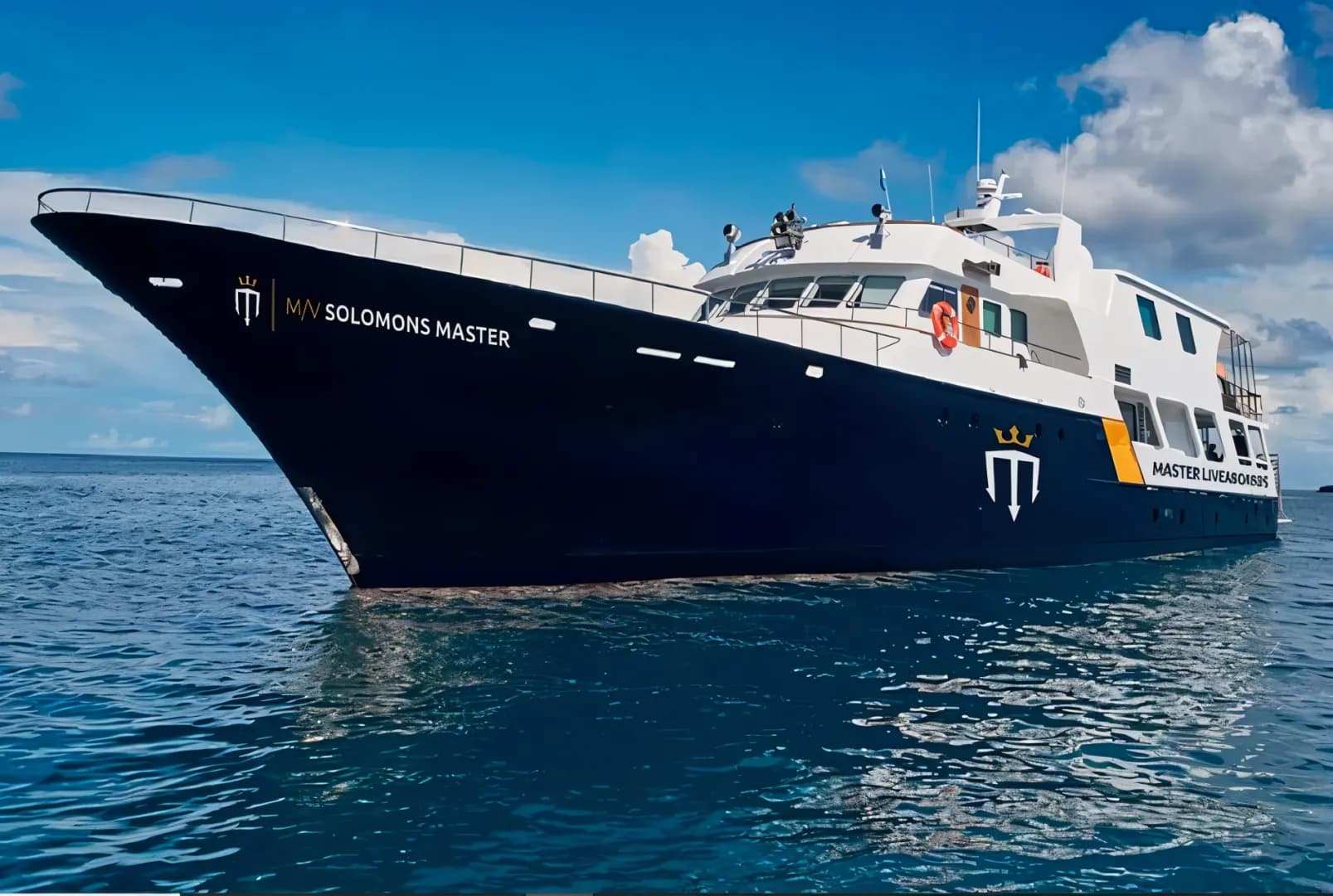
Solomons Master
Itinerary
Best of the Solomons
View trip details
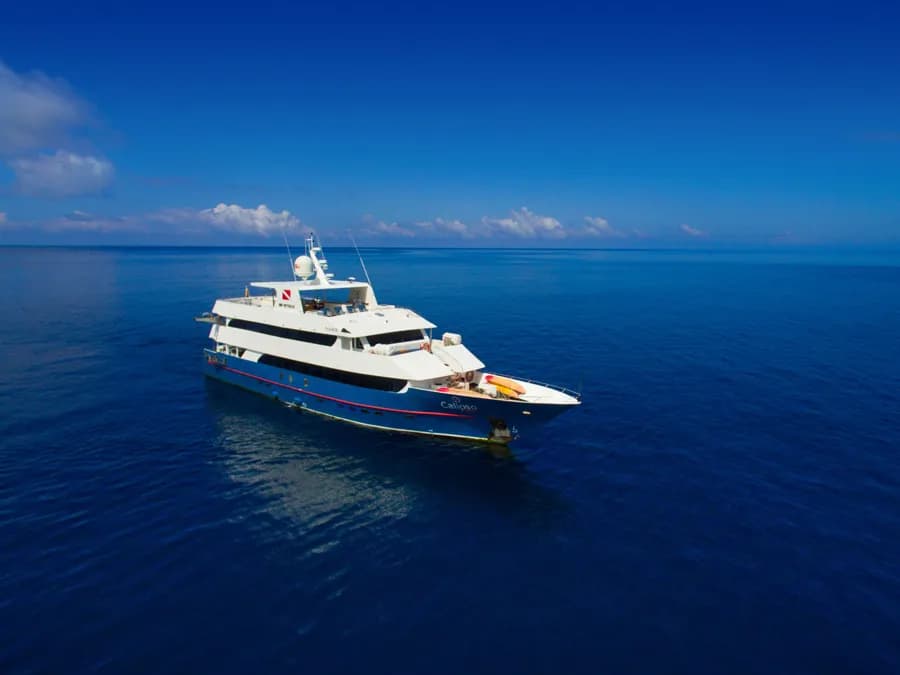
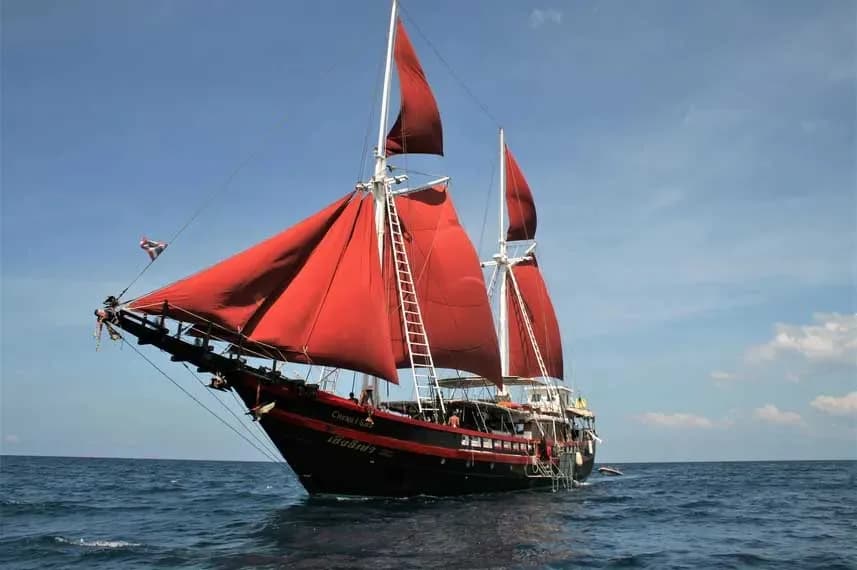
Thailand Master
Itinerary
Best of Thailand
View trip details
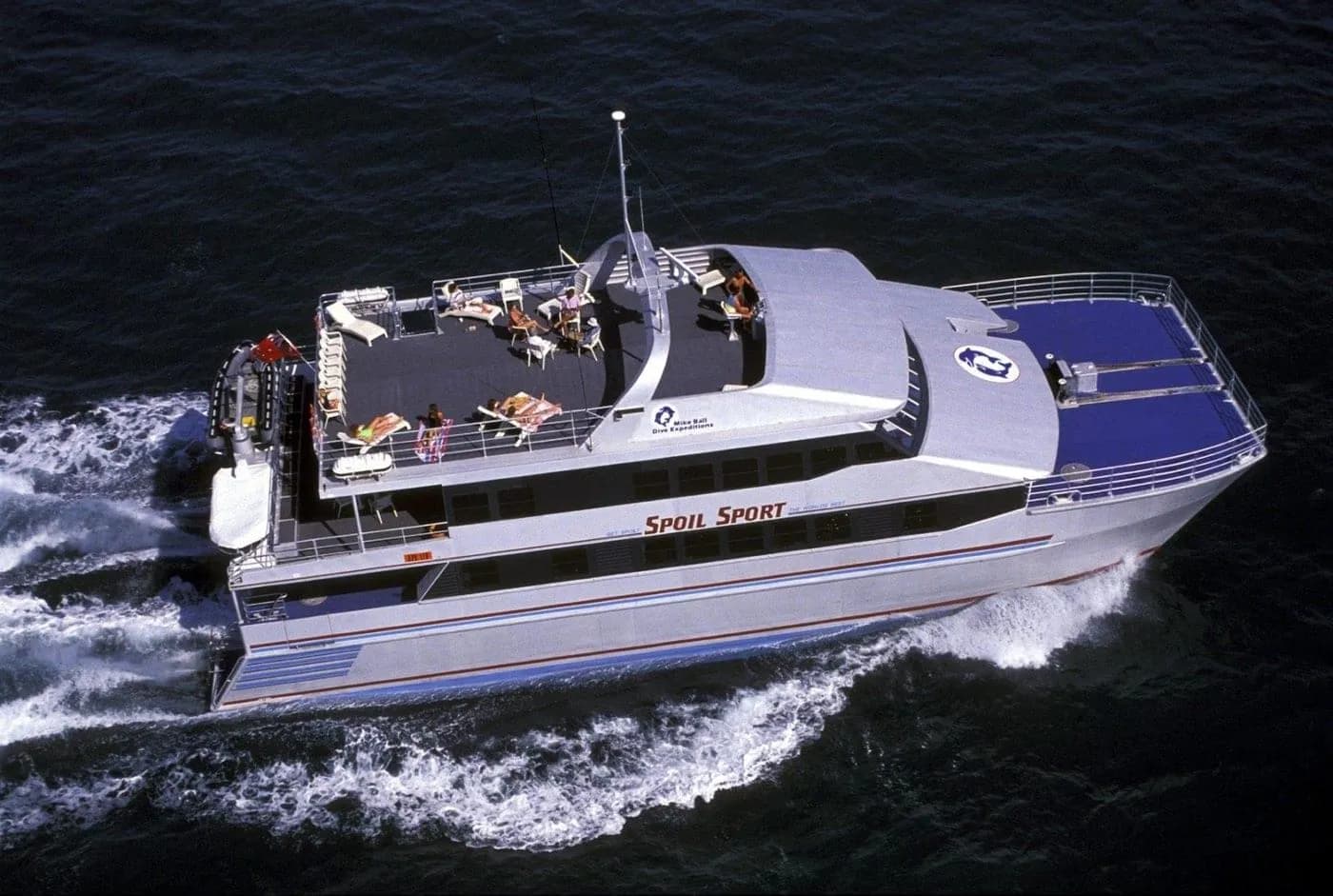
Spoilsport
Itinerary
5 night Coral Sea & Cod Hole
View trip details
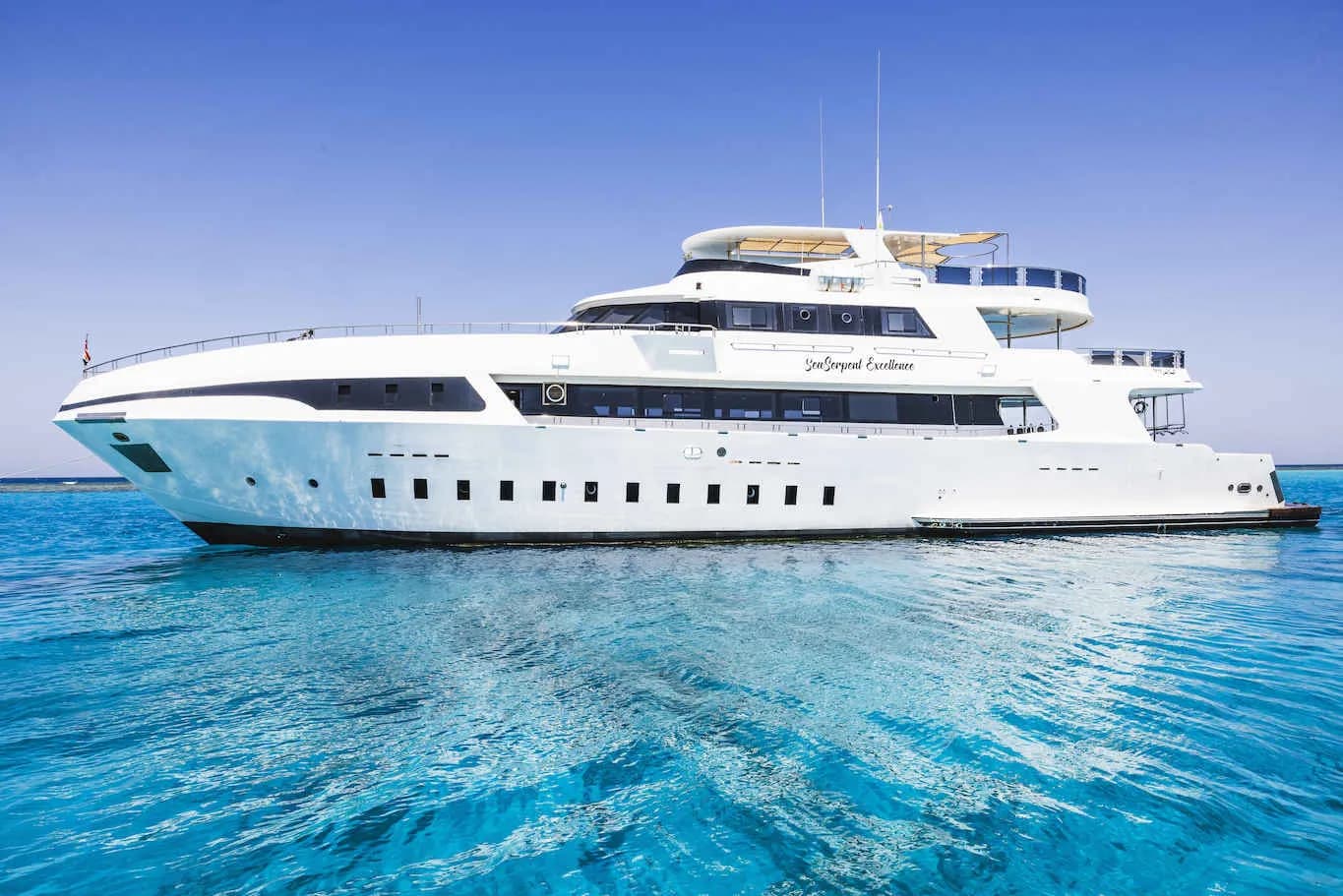
Sea Serpent Excellence
Itinerary
Brothers - Daedalus - Elphinstone. (BDE)
View trip details
19 Dec 2025
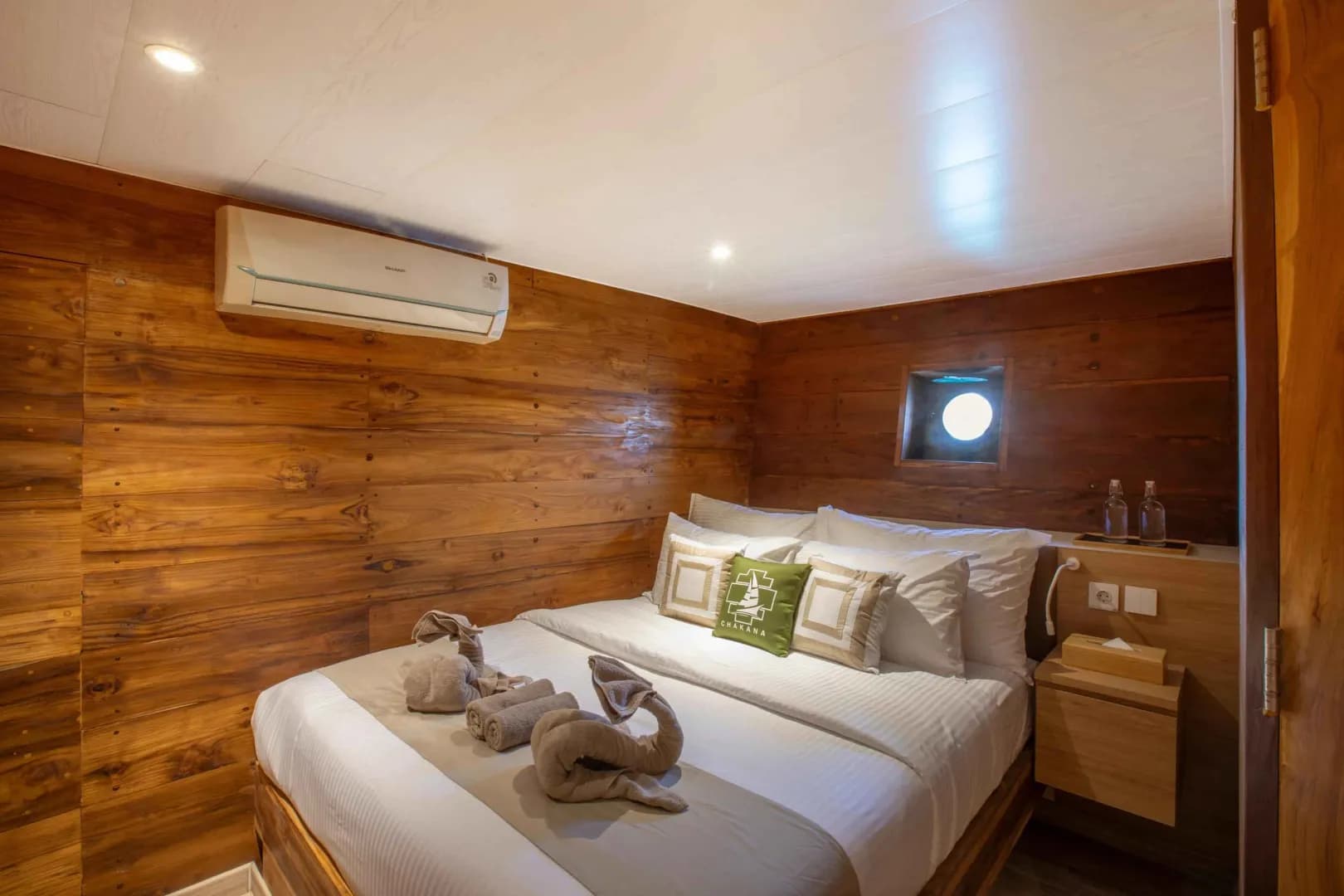
Indo Master
Itinerary
Raja Ampat
View trip details
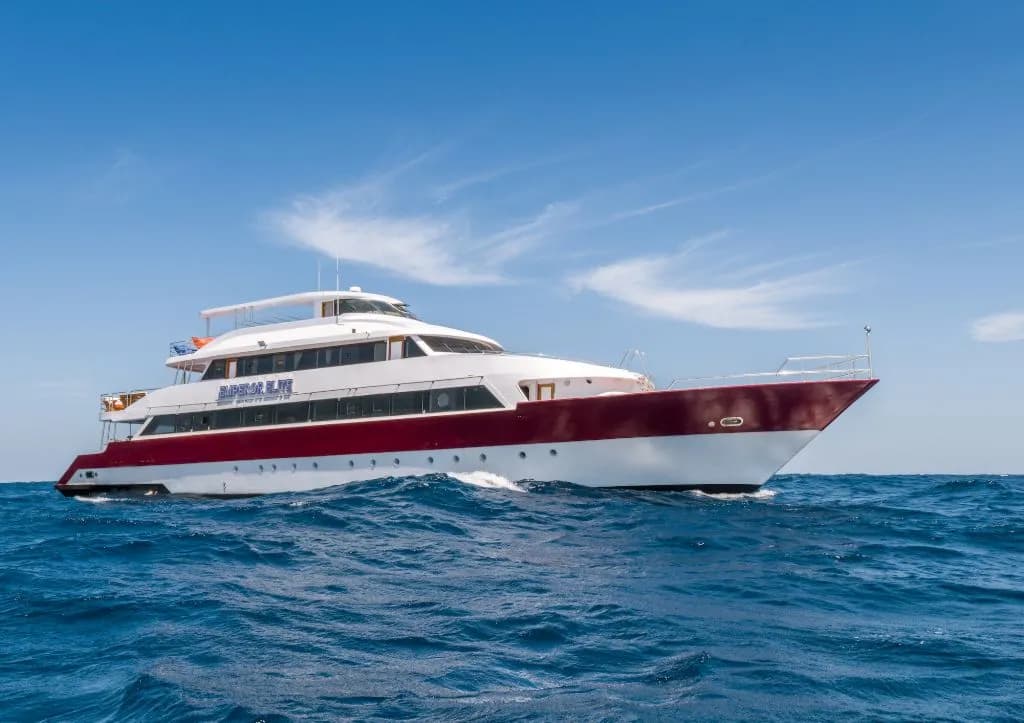
Emperor Elite
Itinerary
Reefs & Wrecks
View trip details
20 Dec 2025
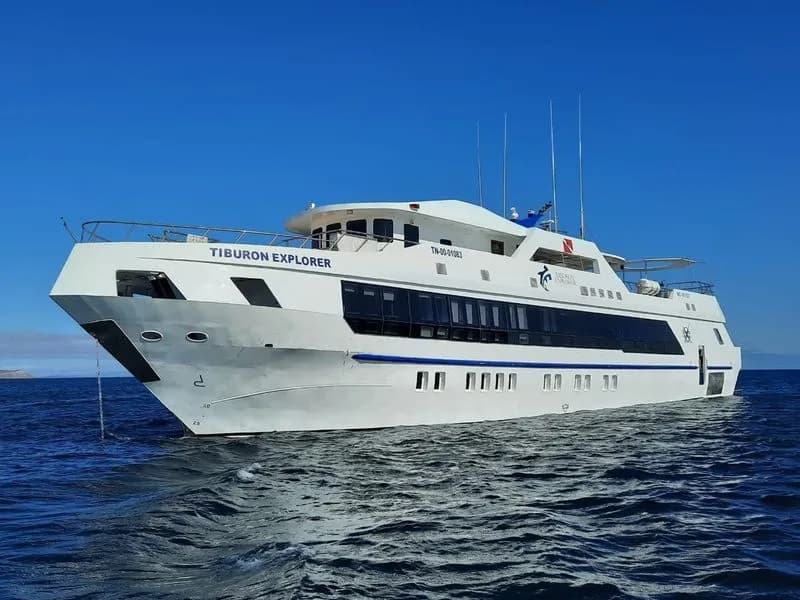
Tiburon Explorer
Itinerary
Western Archipelago, Darwin And Wolf Islands
View trip details
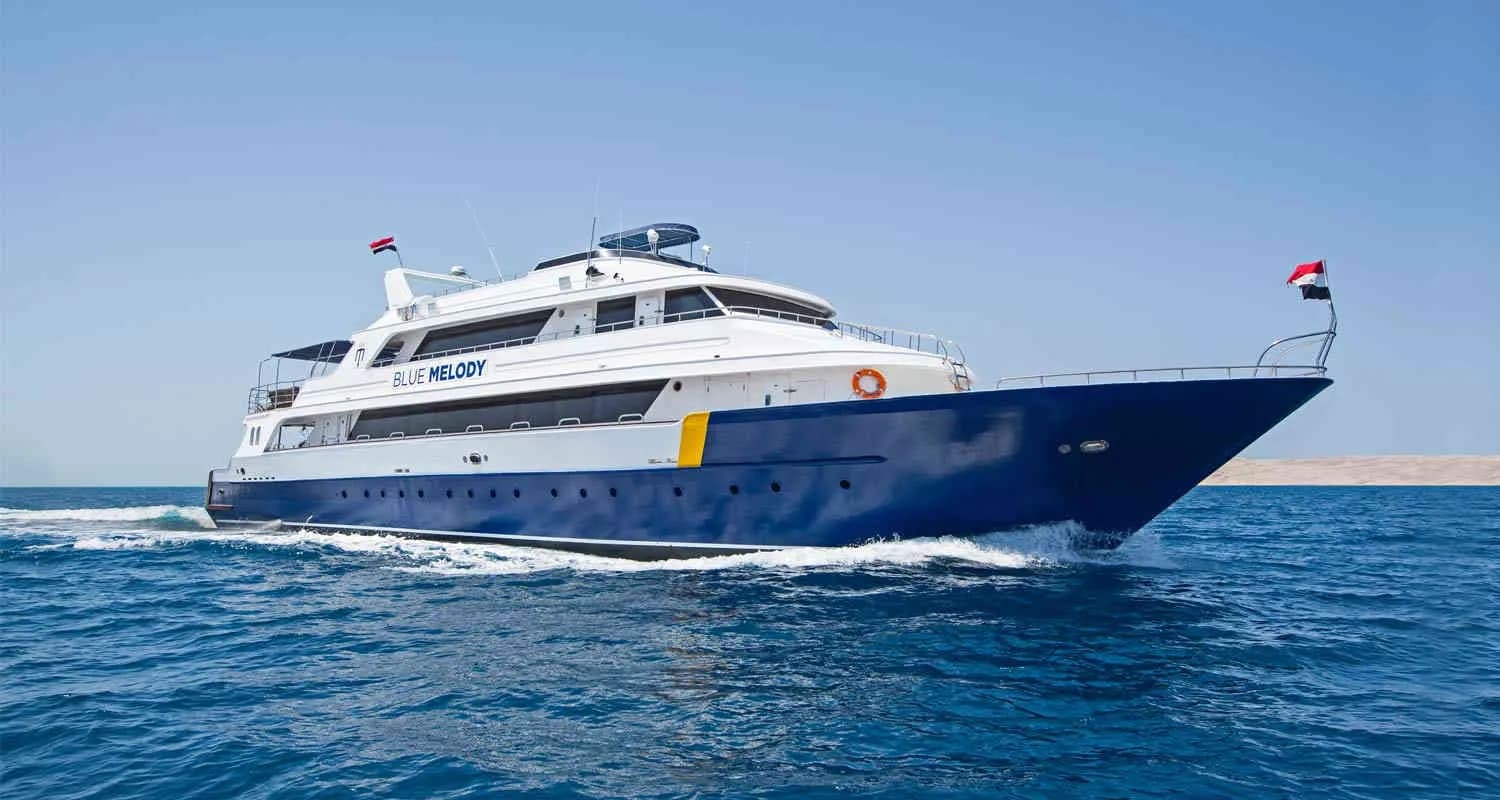
Blue Melody
Itinerary
Red Sea Wrecks
View trip details
Red Sea Liveaboards Highlights
Vibrant Coral Reefs
Spectacularly colorful and densely packed underwater gardens.
Abundant Marine Biodiversity
Encounter diverse species from reef fish to sharks.
Historic Wreck Dives
Explore sunken ships like the famous Thistlegorm wreck.
Crystal-clear Visibility
Pristine waters offering exceptional underwater sightlines.
The Red Sea is known for its wide range of high-end yet affordable dive liveaboards, offering a variety of itineraries. Similar to the Maldives, you can enjoy luxurious amenities at a lower price than in other world-class dive destinations. Additionally, there are budget liveaboards that maintain comfortable accommodations and excellent service at lower rates. Almost all liveaboards in the Red Sea cost around $150/night or less.
The Red Sea boasts prolific marine life, with over a thousand fish species, one-fifth of which are exclusive to this region. Expansive coral reefs, wrecks, and deep walls provide experiences for every type of diver, making it a prime destination for shark enthusiasts.
Most liveaboards depart from Egyptian ports like Hurghada, Marsa Ghalib, or Marsa Alam, although it is also possible to dive the Sudanese coastline from Port Sudan. The Red Sea is diveable year-round, though liveaboard boats often take a break in January when water temperatures are at their lowest.
Red Sea Liveaboard Itineraries
Here are some of the most common dive areas visited by Red Sea liveaboards:
Northern Wrecks And Reefs (Straits Of Tiran)
The best Red Sea wrecks are found in the northern coastal waters around Egypts Sinai Peninsula. Liveaboards exploring this area offer access to many shipwrecks, including the Dunraven, Rosalie Moeller, the Giannis D, and the world-famous SS Thistlegorm. The reefs where these wrecks rest are also vibrant, with healthy corals teeming with marine life. Mild currents and calm conditions make this area ideal for new divers.
Ras Mohammed Marine Park
This protected marine area is located at the southern tip of Sinai, where the waters of the Gulfs of Aqaba and Suez converge. Strong currents bring pelagic species that mix with local reef life, creating dramatic dives along steep drop-offs and walls. Yolanda Reef and Shark Reef are popular sites, where barracuda, jack, and snapper can often be seen in the blue waters.
The Brothers, Daedelus, And Elphinstone Reefs
Located further south, these remote reefs are accessible only by liveaboard. Small Brother plateau offers excellent shark sightings, including oceanic whitetips, threshers, silky, and the occasional hammerhead shark. Daedelus features schools of hammerheads and other large pelagics like trevallies and tuna. Elphinstone is known for its diverse marine life, large gorgonian fans, and sea whips along its reef plateau. These sites feature deep walls and drop-offs, offering more challenging conditions for experienced divers.
Fury Shoal, St Johns Island (Zabargad), And Rocky
The most southerly of the Egyptian Red Sea areas offers relaxed and varied diving, with colorful reefs and plenty of macro life. The vast reef and plateau systems of Fury Shoal and St Johns Island provide gentle drift dives through coral gardens teeming with turtles, dolphins, sharks, and bumphead parrotfish. Just south of the Tropic of Cancer, turquoise blue lagoons host diverse wildlife both above and below the surface, while the southern tip of Rocky attracts pelagic life, including manta rays.
Suakin (Sudanese Deep South)
Departing from Sudan, Suakin offers wild and relatively untouched waters with fewer visitors. Pristine reefs, huge shoals of fish, and plentiful pelagics attract experienced divers seeking a more adventurous experience than the Egyptian Red Sea. Deeper dives and wreck penetration also provide additional challenges.
For those seeking a luxurious diving experience in the Red Sea, the Red Sea Aggressor V liveaboard offers exceptional comfort and access to world-class dive sites.
Red Sea Liveaboard Diving
Diving Season
March to May and September to November are often considered the best times to dive in the Red Sea. However, diving is available year-round, with cooler temperatures from October to May and warmer weather from June to September.
During March to May, you may spot whale sharks, though this peak season can also lead to crowded dive sites. June to August is quieter, but hot temperatures can be challenging. This period offers a good chance of encountering hammerhead sharks. September to November brings comfortable weather and water temperatures, similar to the spring months, which can attract more divers.
See more information in our in-depth guide to diving in the Red Sea.
- Diving Season: Year-round, with March to May as the peak season for whale shark sightings. June to August offers warmer weather, and September to November provides ideal diving conditions.
- International Airports: Sharm El Sheikh International (SSH) and Hurghada International (HRG).
- Local Airports: Multiple local airports are available along the Red Sea, with most trips departing near international airports.
- Water Temperature: 84F (29C) in summer and as low as 70F (21C) in winter.
- Wetsuit: 3mm7mm wetsuit recommended based on season.
- Required Diving Skill Level: Suitable for all levels, from beginner to advanced. While drift dives are available, most sites maintain calm conditions.
500+ reviews
See all reviewsStart planning your perfect liveaboard trip!
500+ reviews
See all reviewsAlready know where to go?
Use our live availability search tool, and select your date range and boat to find your next trip.
Search nowWant to pick a boat first?
Go to full list and reviews of liveaboards in the Red Sea available at Bluewater Travel.
Read reviewsNot sure where to dive or when to go?
Go to our liveaboard diving season and area guide.
Season and guideNeed assistance?
Contact us. Our travel advisors can recommend the right destination and boat based on your requirements and preferences.
Plan my trip